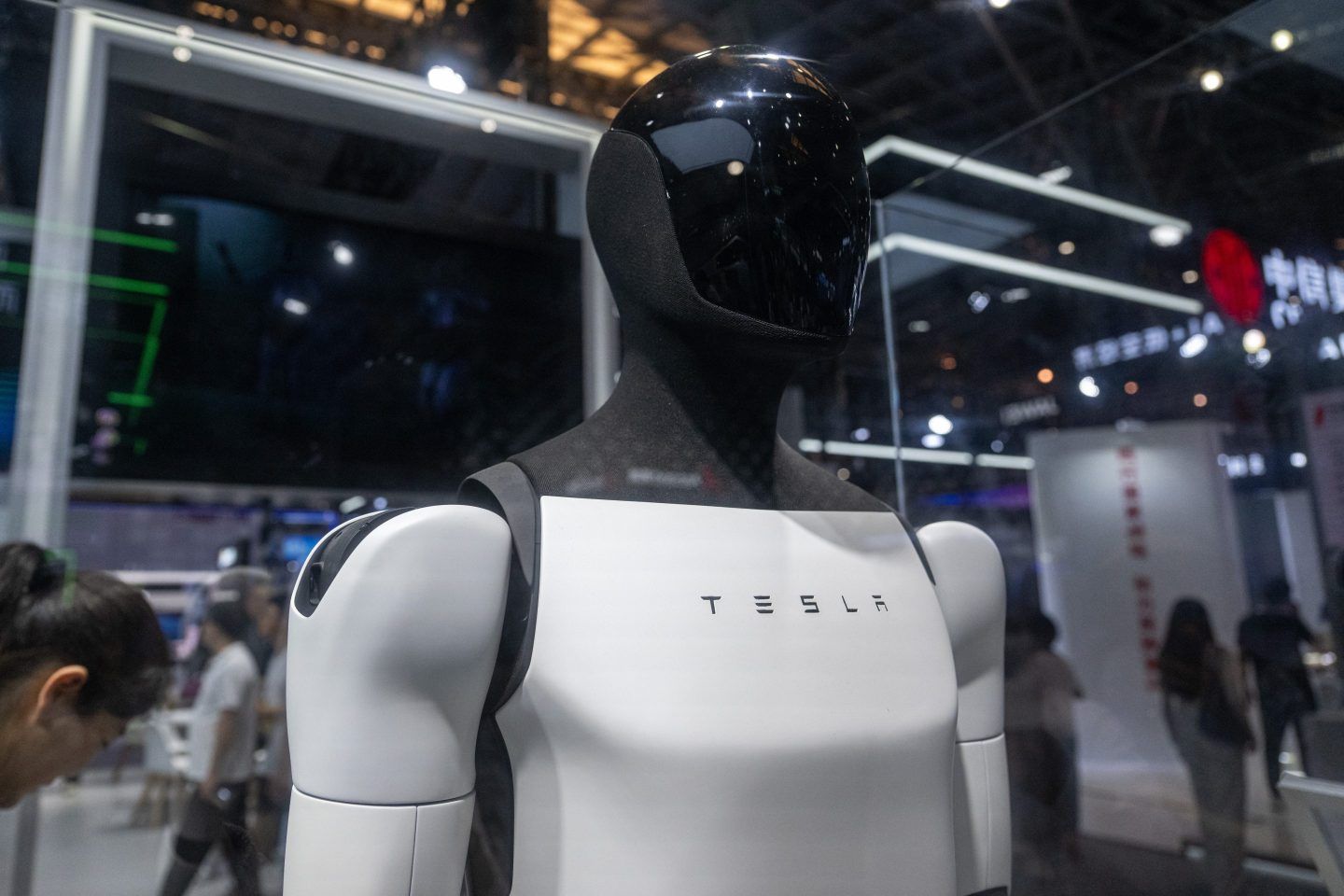AI Task Automation
At work we are surrounded by data, huge amounts of data in fact! Some of it is digital data stored in databases, spreadsheets, knowledgebases and computer documents. But much of it is often legacy hardcopy data like 3rd party contracts, SLA agreements, employee contracts etc.
The question is how much of this data can you turn into knowledge? Can you access the multiple different strands of data that you have in a meaningful way and use the results to effectively enhance business performance. If you can't then you should consider using AI to help speed things up.
WHY? Well, in the same way that AI powered internet searches such as Copilot or chatGPT bring back richer and more relevant information than a simple Google search, AI can do the same when scanning your business data. And it doesn't matter what format the data is in, AI can read it for you.
This means it gives you the capability to link and interrogate different sources of data from one place that you couldn't link before. What's more, AI can act on the output of the information and automate tasks.
As an example, here are two business problems with AI powered solutions.
Website Self Help no longer helping: Company A has built an extensive website with lots of self-help advice for customers to self serve but there is now so much data on the website that customers try a couple of searches, don't find what they are looking for and end up calling the support number. So now the website that was supposed to reduce calls is starting to create them!
Solution: Use AI to build a chatbot that responds directly to the question the customer types in with the specific information that they are looking for and continually learns customer behaviour to generate a daily top 10 list of problems/solutions that can be displayed.
Invoice Matching in a mess: A company has to manually match a proportion of payments to invoices and purchase orders before it can ship the products from stock. It is taking a lot of time, delaying the dispatch of customer orders and leading to dissatisfaction.
Solution: Implement the process below using AI to match, verify and then automatically trigger payments so that products can be despatched. Highlight orders were no match is found and sort these for manual intervention.
- Data Extraction: Use Optical Character Recognition (OCR) technology to extract data from invoices, purchase orders, and receipts. This includes key information such as supplier details, quantities, and pricing.
- Automated Matching: Once the data is extracted, automatically compare the information from invoices with corresponding purchase orders and delivery receipts. This ensures that the invoiced items have been both ordered and received before making any payments.
- Discrepancy Detection: Identify discrepancies, such as mismatches in quantities or pricing, and alert the accounts payable team for quick resolution. This reduces the risk of erroneous payments.
- Integration with Financial Systems: After verifying the accuracy of an invoice, automatically update the company's financial system, ensuring seamless data flow and reducing manual entry errors. Then authorise and trigger the product dispatch.
- Continuous Learning: Continuously learn and improve their accuracy over time, adapting to different document layouts and reducing the need for manual intervention.
A company that effectively uses AI can lower it's cost base, improve customer service and identify growth opportunites, thus giving it a competitive businesses advantage. Those that don't invoke this new technology risk being left behind!











